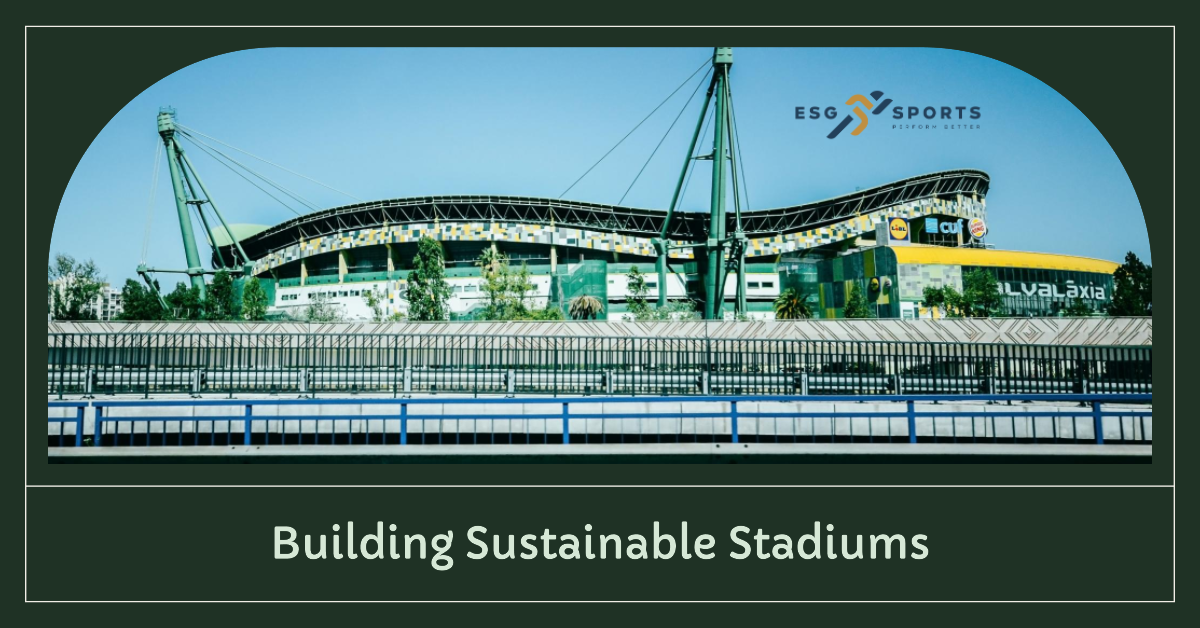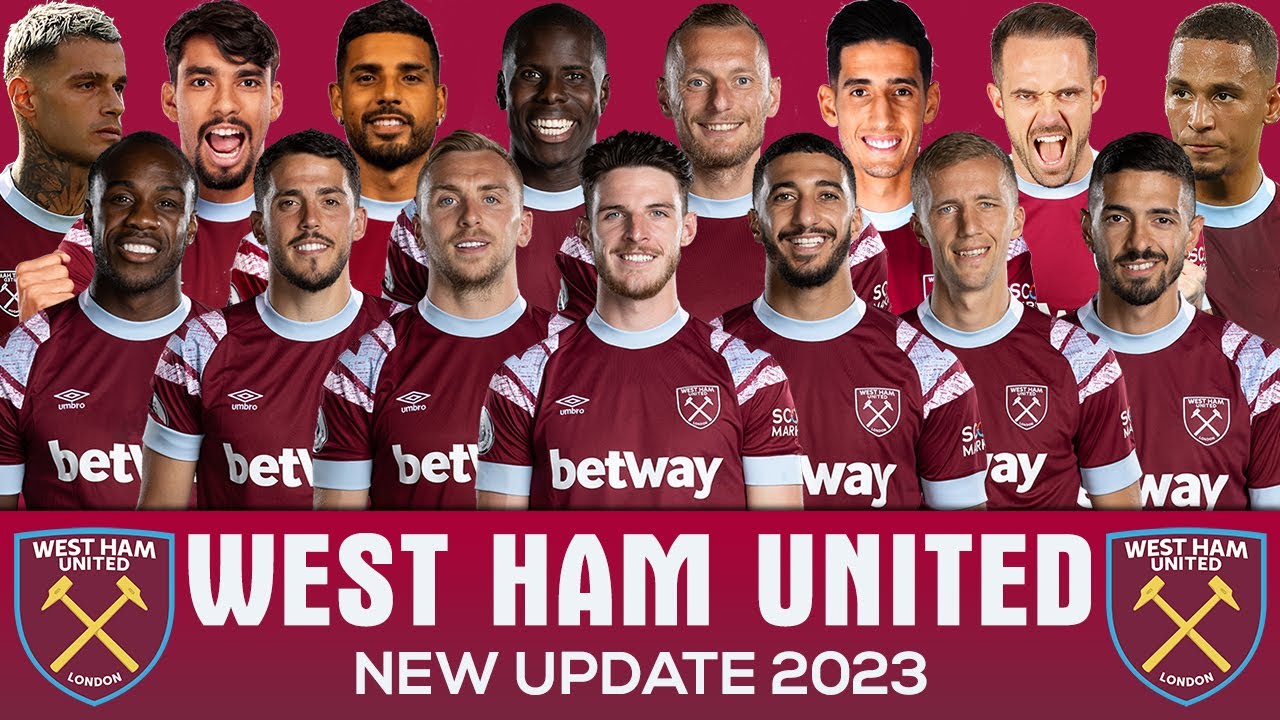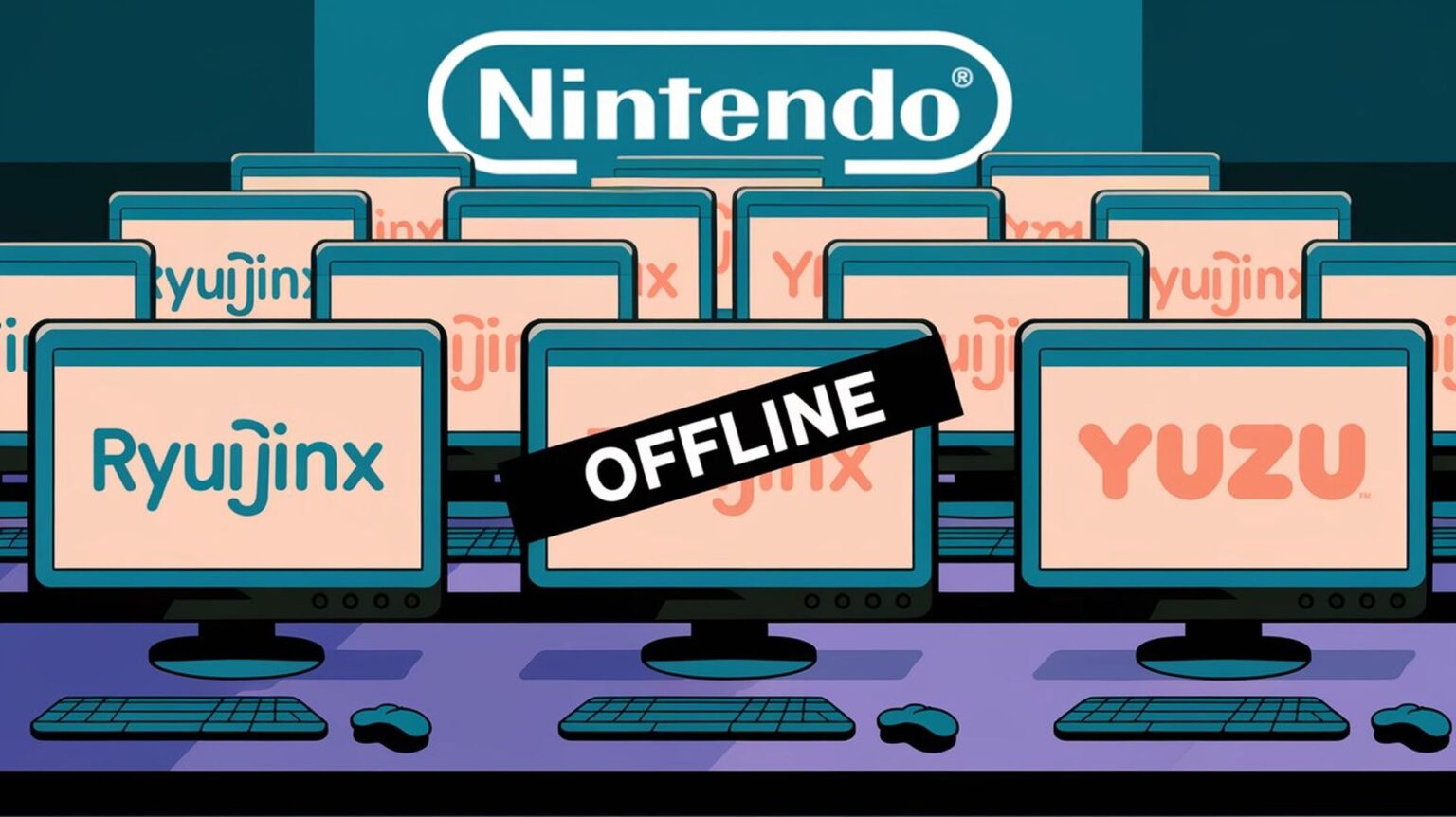Can Sports Stadiums Save Dying Downtowns? A Look At Urban Revitalization

Table of Contents
The Economic Impact of Sports Stadiums on Downtowns
The economic impact of sports stadiums on surrounding areas is a hotly debated topic. While proponents highlight significant revenue generation and job creation, critics point to potential financial burdens and uneven distribution of benefits.
Job Creation and Revenue Generation
The construction and operation of a sports stadium generate a substantial number of jobs, both directly and indirectly.
- Direct jobs: These include construction workers, stadium staff, security personnel, and event management teams.
- Indirect jobs: These encompass jobs created in related industries such as hospitality (hotels, restaurants), retail (merchandise, souvenirs), and transportation (taxis, public transit).
Revenue streams for cities and stadium owners are diverse. Ticket sales form a major component, complemented by significant income from concessions, merchandise sales, and lucrative sponsorship deals. Furthermore, the influx of tourists attending games and events contributes significantly to the local economy. For example, the construction of the new Tottenham Hotspur Stadium in London is estimated to have created thousands of jobs and generated hundreds of millions of pounds in revenue for the local economy. However, it's crucial to consider whether these benefits outweigh the costs.
Increased Property Values and Tax Revenue
The presence of a sports stadium can often lead to increased property values in the surrounding areas. This is driven by increased foot traffic, improved infrastructure, and enhanced perception of the area's desirability. Consequently, increased property values translate into higher property tax revenue for the city. However, this positive effect can be accompanied by negative consequences.
- Gentrification: Rising property values can lead to gentrification, forcing long-term residents and businesses out due to unaffordable housing and rent increases.
- Displacement: Low-income communities may be particularly vulnerable to displacement, exacerbating existing inequalities.
Careful planning and the implementation of policies to mitigate these effects are crucial to ensure that stadium development benefits all members of the community.
Social and Cultural Impacts of Stadiums on Urban Revitalization
Beyond the economic impacts, sports stadiums can significantly influence the social and cultural fabric of a city.
Community Gathering Spaces and Enhanced Social Life
Well-designed sports stadiums can serve as important community hubs, hosting a range of events beyond sporting fixtures. Concerts, festivals, and community gatherings can transform the stadium into a vibrant public space, fostering social interaction and a sense of community pride. This enhanced social life contributes to a more vibrant and engaged urban environment.
- Improved public spaces: The development of surrounding areas often includes improved parks, walkways, and public amenities, enhancing the quality of life for residents.
- Community events: Many stadiums host non-sporting events, further integrating them into the local community fabric.
Improved Infrastructure and Accessibility
Stadium construction often necessitates improvements in surrounding infrastructure. This might include upgraded transportation networks (public transit, roads, parking), improved pedestrian access, and enhanced public amenities. These infrastructural improvements benefit not only stadium visitors but also the wider community, making the area more accessible and user-friendly for all.
The Potential Downsides: Avoiding the Pitfalls of Stadium-Led Revitalization
While the potential benefits of sports stadiums are considerable, it’s crucial to acknowledge the potential drawbacks.
Financial Risks and Public Funding Debates
The construction and maintenance of sports stadiums represent a significant financial investment. This often involves substantial public funding, sparking debates about the allocation of public resources. The financial risks associated with stadium projects are considerable, and poorly planned projects can result in significant debt burdens for the city.
- Cost overruns: Stadium construction projects are notorious for cost overruns, potentially exceeding initial budget projections significantly.
- Debt financing: Many stadium projects rely on debt financing, placing a long-term financial burden on taxpayers. A thorough cost-benefit analysis is crucial to ensure the project's long-term viability.
Gentrification and Displacement of Existing Communities
The rise in property values and desirability surrounding a new stadium can lead to unintended consequences like gentrification. Long-term residents, particularly low-income families and businesses, may be displaced due to rising housing costs and increased competition for resources. Mitigating these negative consequences requires proactive measures such as:
- Affordable housing initiatives: Implementing policies to protect affordable housing options in the area.
- Community engagement: Involving local communities in the planning process to ensure their needs and concerns are addressed.
Conclusion: Can Sports Stadiums Truly Save Dying Downtowns?
Sports stadiums can be a powerful catalyst for urban revitalization, but their success hinges on careful planning and community engagement. While they can generate significant economic activity, create jobs, and improve infrastructure, the potential for financial risks, gentrification, and displacement necessitates a cautious approach. The key takeaway is that sports stadiums are not a guaranteed solution for revitalizing dying downtowns. Their impact is contingent on thoughtful consideration of both economic and social implications, transparent financial management, and a genuine commitment to inclusive community development. We encourage you to research the impact of sports stadiums and urban revitalization in your own community, ensuring that any large-scale project prioritizes the well-being of all residents. Engage with local authorities and community organizations to advocate for responsible and equitable urban development.

Featured Posts
-
 Best Elizabeth Arden Skincare Deals At Walmart
May 10, 2025
Best Elizabeth Arden Skincare Deals At Walmart
May 10, 2025 -
 5 Key Strategies To Secure A Private Credit Role
May 10, 2025
5 Key Strategies To Secure A Private Credit Role
May 10, 2025 -
 West Hams 25m Budget Gap Strategies For Financial Recovery
May 10, 2025
West Hams 25m Budget Gap Strategies For Financial Recovery
May 10, 2025 -
 Ryujinx Emulator Development Ceases Following Nintendo Contact
May 10, 2025
Ryujinx Emulator Development Ceases Following Nintendo Contact
May 10, 2025 -
 Dakota Johnson And Melanie Griffiths Chic Spring Style
May 10, 2025
Dakota Johnson And Melanie Griffiths Chic Spring Style
May 10, 2025
